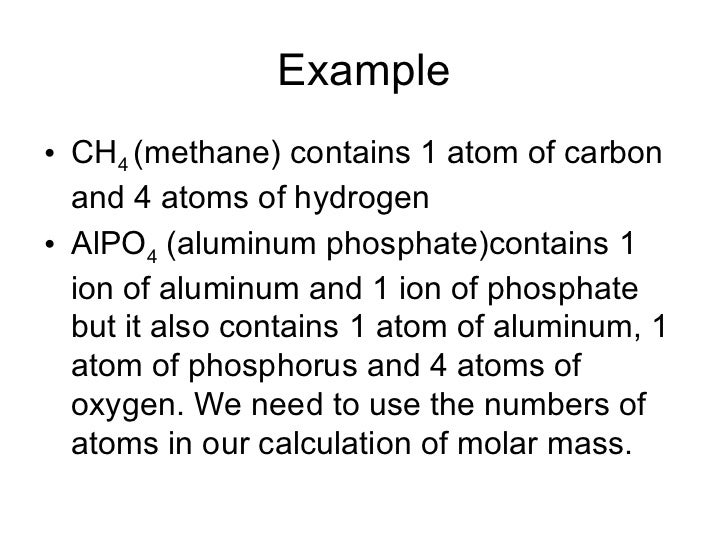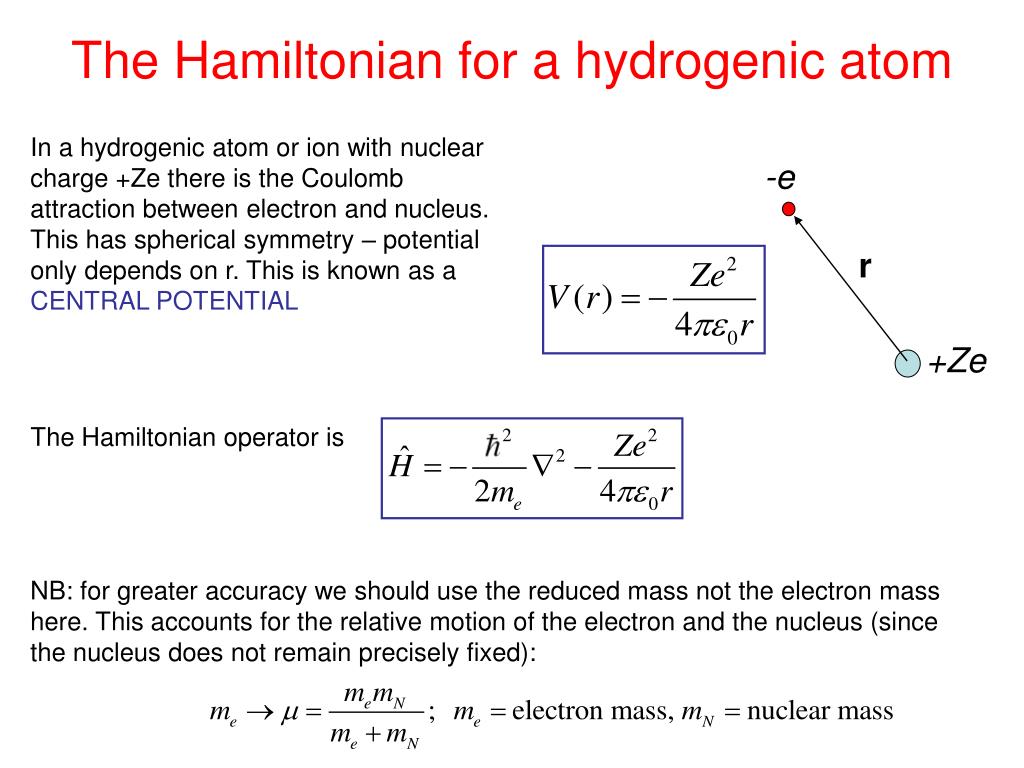

and Plancks constant is 6.64 × 1027erg-sec. As more accurate methods for determining atomic weight were devised, it proved convenient to shift to oxygen and then carbon, but the scale was adjusted so that hydrogen’s relative mass remained close to 1. The mass of hydrogen atom is 1.66×1024 g. The atomic-weight scale was originally based on a relative mass of 1 for the lightest atom, hydrogen. Their values were are in a Table of Atomic Weights, along with the names and symbols for the elements. The relative masses of the atoms are usually referred to as atomic weights. It tells nothing about the actual mass of a carbon atom or of an oxygen atom–only that carbon is three-quarters as heavy as oxygen.

That number (0.751, or approximately ¾) is the relative mass of a carbon atom compared with an oxygen atom. Notice that this method involves a ratio of masses and that the units grams cancel, yielding a pure number. This is called the Bohr frequency condition. Bohr in 1913 proposed that all atomic spectral lines arise from transitions between discrete energy levels, giving a photon such that. An isotope is one of two or more species of atoms of the same chemical element that have different atomic mass numbers (protons + neutrons). Since 1961 the standard unit of atomic mass has been one-twelfth the mass of an atom of the isotope carbon-12. For example Hydrogen (H) atomic mass -1 Lithium (Li) atomic mass -3 Periodic Table 2. By referring to the periodic table In the periodic table digit of an atomic mass usually marked under the representation of an element. In other words the mass of a carbon atom is about three-quarters (0.75) as great as the mass of an oxygen atom. However, no atom other than hydrogen has a simple relation analogous to Equation 1.7.1 for its spectral frequencies. atomic weight, also called relative atomic mass, ratio of the average mass of a chemical element’s atoms to some standard. There are three ways to calculate the atomic mass, depending on the circumstances of each. Farther away from home, you will find it in all stars, including the nuclear reactions that power the Sun.\] The amount that the ratio of atomic masses to mass number deviates from 1 is as follows: the deviation starts positive at hydrogen -1, then decreases until it reaches a local minimum at helium-4. Similarly for the solar system: the mass of the solar system is less than the sum of the masses of the Sun and the planets, because of the negative gravitational binding energy of the solar system. In addition to water, you can find hydrogen closer to home in every organism, blowtorches, and low temperature freezing processes. The rest mass of hydrogen is less than the mass of one proton and one electron: 13.6 eV less, which is the binding energy of the atom. Lavoisier showed that hydrogen was in all water molecules after discovering that water was created when hydrogen burned in air. The name hydrogen comes from the Greek word " hydro" which means water (H 2O) and the word " genes" which means creator.

Hydrogen atoms are also the smallest and lightest of all the atoms with only one electron and one proton in a common single hydrogen atom (called protium).Īlthough it has been around forever (possibly the first element to ever form), it took a chemist named Antoine-Laurent de Lavoisier to name it in 1783. By mass, hydrogen makes up about 75% of all matter in the Universe. Over ninety percent of all the atoms in the Universe are hydrogen atoms. Scientists use the letter "H" to represent hydrogen in chemical equations and descriptions. Why start with hydrogen? Hydrogen is the first element in the periodic table and the most basic and common of all elements in the Universe. In grams, the mass of an atom of hydrogen is expressed as 1.67 x 10-24.

Let's start our tour of the periodic table with hydrogen (H).


 0 kommentar(er)
0 kommentar(er)
